First of all, for those of you who haven’t been there, Nottingham is not at all a bad place – a lot better than its reputation might suggest. It’s a handsome Victorian city (though like most British cities it’s been disfigured in places and has its share of dreary suburbs and woeful modern estates). Although what’s left is mainly Georgian and later, Nottingham is also a very historic city of Anglo-Saxon foundation, and it has been an important provincial centre since the Norman invasion. It has an imposing market square – the biggest in the country (about the same size as Trafalgar Square in London and St Peter’s Square in Rome!), a wonderfully preserved Anglo-Saxon and Norman street plan, some superb Georgian and Victorian architecture and city planning, a great medieval church (St Mary’s), a historic castle built on a spectacular sandstone outcrop, a huge network of sandstone caves under the city, one of the best Jacobean buildings in Britain (Wollaton Hall), a fascinating industrial history, a thriving cultural life, and a successful current programme of regeneration.
So maybe you can see why the comparison with Bilbao is apt. Like Nottingham, it’s a medieval city almost entirely rebuilt in the nineteenth century when it became a major industrial centre. Like Nottingham it’s a handsome city, (though far from beautiful in places) with a thriving cultural life and successful regeneration. It’s also about the same size as Nottingham (a surprisingly small population of around 350,000 in the city itself, whilst the total population for the broader metropolitan is around 800,000). Like Nottingham, it’s a major northern provincial centre. (OK, I know Nottingham isn’t exactly the north…. But it’s only about 10 miles south of the north! And in any case one of the definitions of ‘the North’ is anywhere north of the Trent. Which Nottingham is. And I consider myself a northerner. So there.)
And with all this, Bilbao feels very much like Nottingham – provincial, modern, business-focused, multi-cultural, very much a working city, part of the industrial north rather than the more genteel and conservative heartlands further south - and a place that actually feels smaller than it is, with its compact historic city centre and its sprawling industrial suburbs
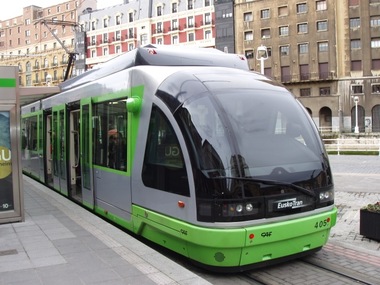
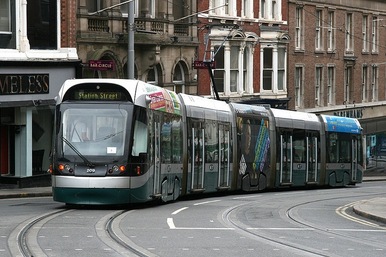
From the moment I arrived in the Basque Country, I was struck by the similarities between the valleys of the Basque hills, with its chimneys, factories, mines and mills, and the valleys of South Yorkshire - a strange and sometimes ugly mixture of the rural and the industrial. In fact, there’s a very strong network of connections between Bilbao, Barcelona and the industrial North of England. Bilbao and Barcelona were/are the two major industrial cities of Spain, both in the North; the Industrial Revolution in Spain never reached further than these two cities. Both Bilbao and Barcelona forged strong links with engineers and industrialists from England, and there was a considerable traffic in both directions – with Spanish engineers and industrialists going to England to study engineering and the methods of British industry, and British miners and shipbuilders coming to Bilbao and Barcelona looking for employment.
As I wrote in a previous post, it was this English influence which was responsible at that time for introducing football to Spain, hence the English names of football clubs such as ‘Bilbao Athletic’, and, in Bilbao, the riverside area near the old shipyards known as ‘La Campa de Ingleses’ (The English Field) where the English workers would play football. ('Muelle' means 'wharf').
(Similar houses were built by industrialists in various places along the north coast of Spain and in Catalunya. The houses are often known as ‘Indianos’, as they were often built by families who had made a fortune in South America in the nineteenth century.)
These connections between the Spanish and English Industrial Revolution were reinforced by a superb exhibition we saw a few months ago in Barcelona (at the Museum of the History of Barcelona in the old royal palace (Palau Reial). It was called Indianes: the Origins of Industrial Barcelona. Maybe it sounds quite dry, but in fact it was fascinating, and one of the most beautifully presented exhibitions I’ve seen. (NB: the word in the title is ‘Indianes’, which means ‘Calicoes’, rather than ‘Indianos’, mentioned above, which is a totally different and unrelated idea).
The wars in which Spain became involved between 1797 and 1814 led Barcelona's manufacture of calicoes to a state of crisis. The loss of their foreign markets obliged the cotton industrialists to carry out a restructuring of their production and trade. Confined to the Spanish market, they committed themselves to technical change in order to reduce costs and to gain in competitiveness. English Spinning Jennies, which were revolutionising the cotton industry in Europe, were first brought to Barcelona between 1785 and 1805. This marked the beginning of the mechanisation process which, following the Peninsular War, continued with the adoption of the roller printing machine and the power loom.
And where did Spinning Jennies come from? … Why, Nottingham of course!
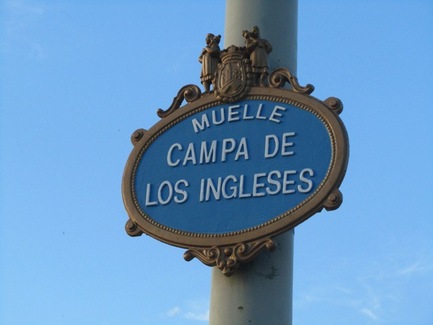
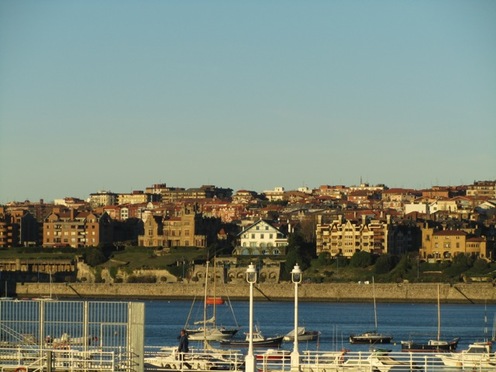
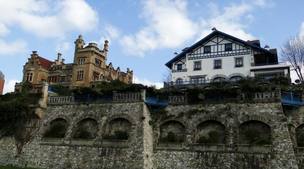
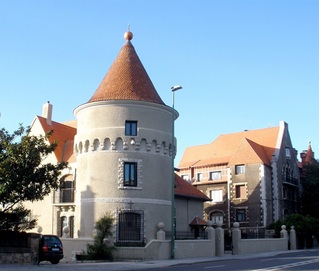
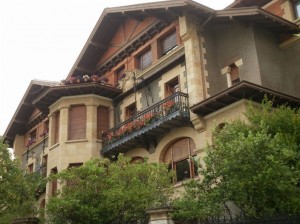
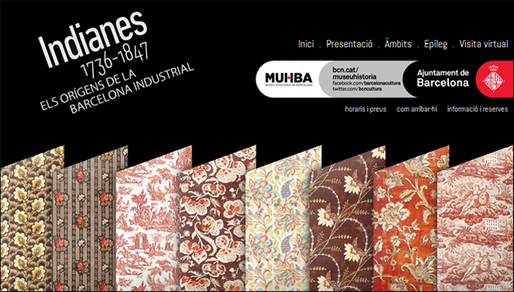
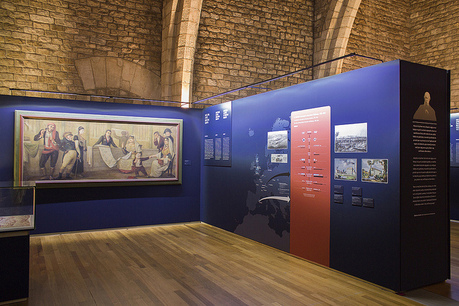
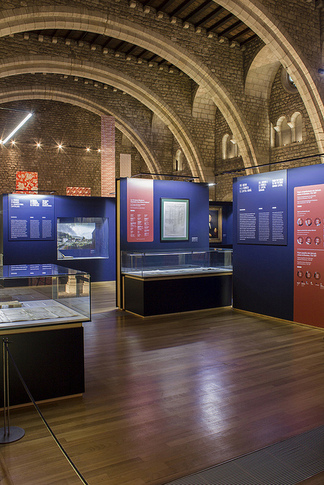
 RSS Feed
RSS Feed